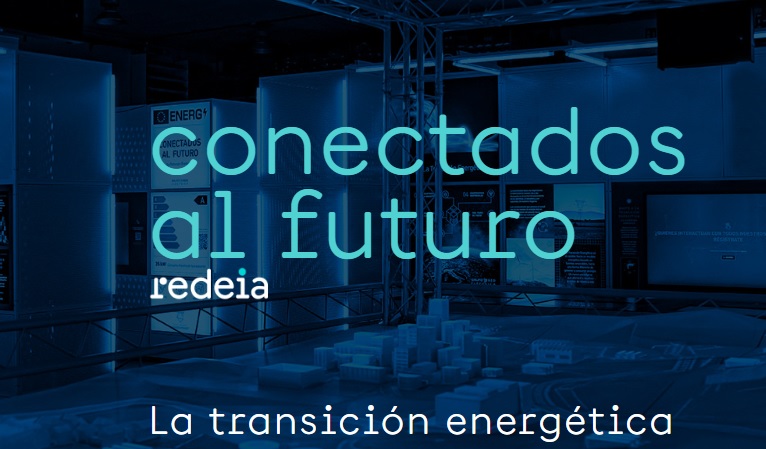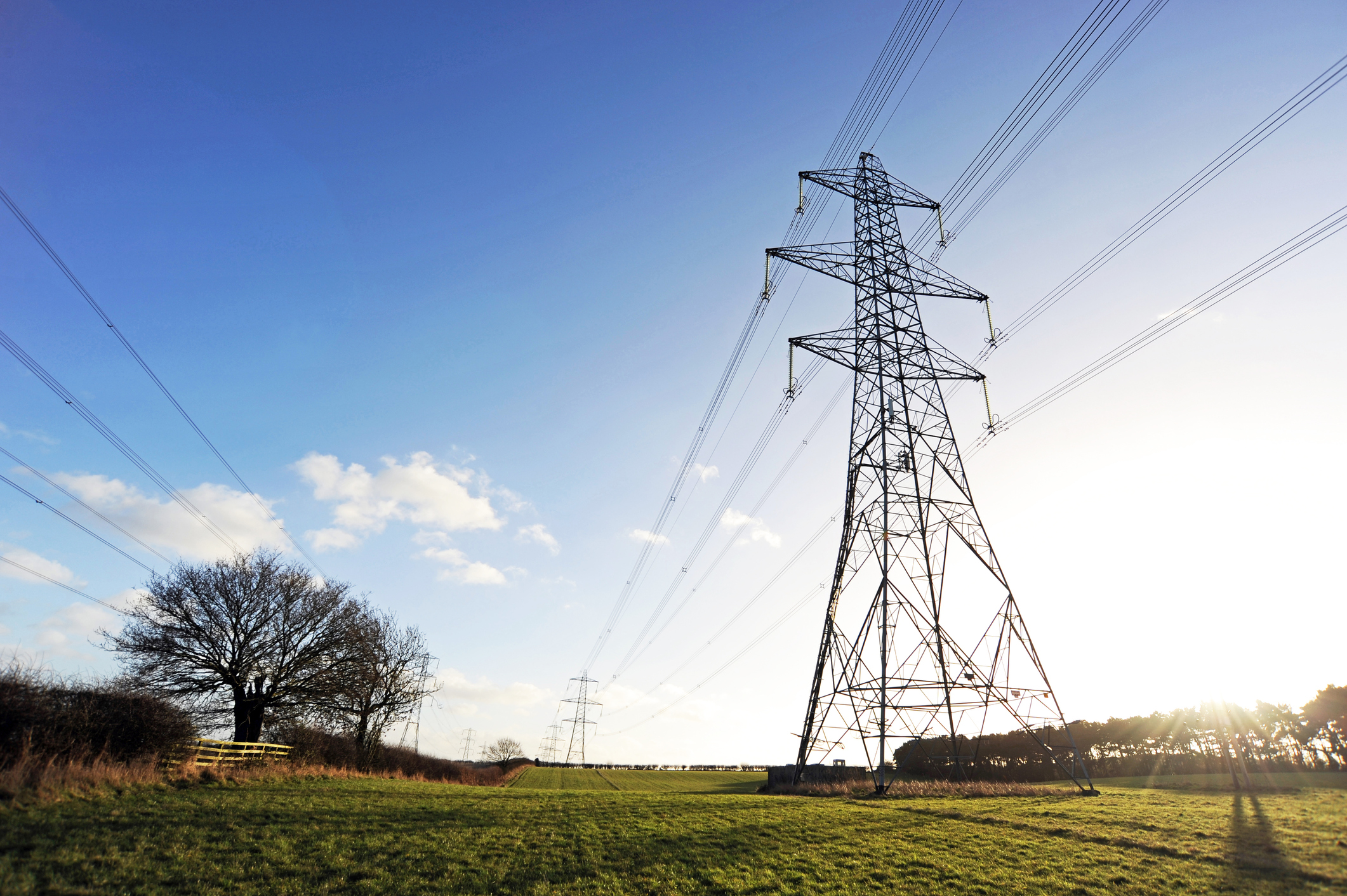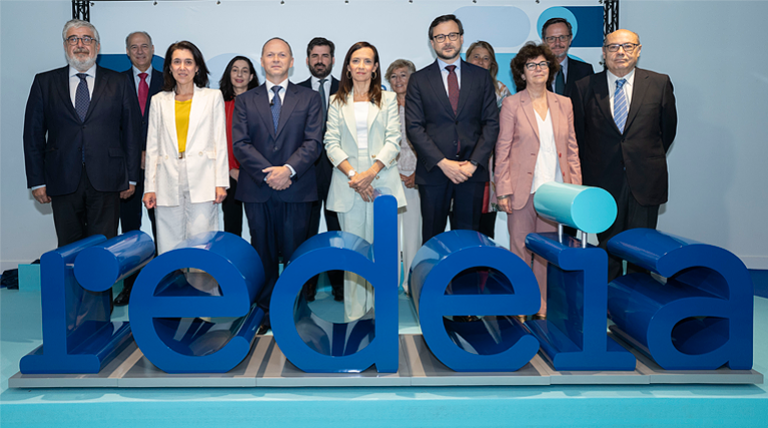We are a global operator of essential infrastructure
Stakeholders
The main objective of Redeia is to establish a lasting relationship, based on trust, with its stakeholders. This includes all those stakeholder groups impacted by the Company’s services or activities, and those groups whose opinions and decisions influence the Company’s financial results or may have an impact on its reputation.
Redeia’s Stakeholder Management Model incorporates the requirements established in the rules and standards of reference in the field such as those set out in AA1000, IQNet SR10, ISO26000 or the Global Reporting Initiative (GRI). This model ensures that relevant economic, social and environmental aspects, associated with the activities carried out by Redeia and the services offered by the Company, which may have an impact on its stakeholders are adequately managed, thereby avoiding the risk of not promptly identifying issues that may affect the Company’s relationship with its stakeholders.
In 2020, the Company started a project aimed at conducting a broad review of the existing stakeholder management model. As a result, the stakeholder inventory was updated and is currently composed of the following stakeholder categories: regulatory bodies and the public administration, the financial and economic ecosystem, the business ecosystem, suppliers, clients, employees and the social ecosystem.
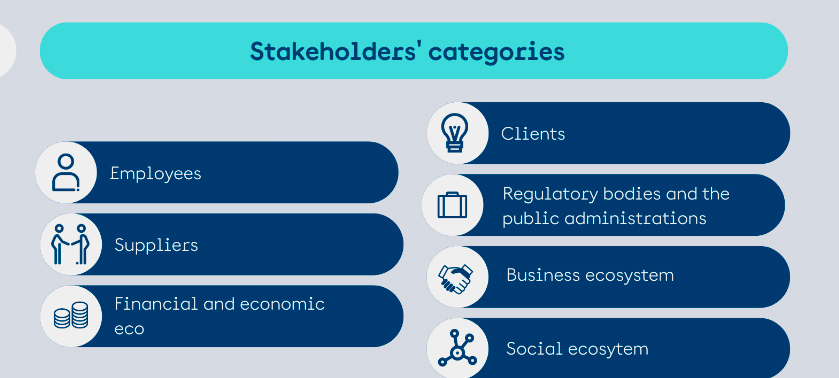
Redeia assumes and promotes the following key principles to engage and establish responsible relationships with its stakeholders:
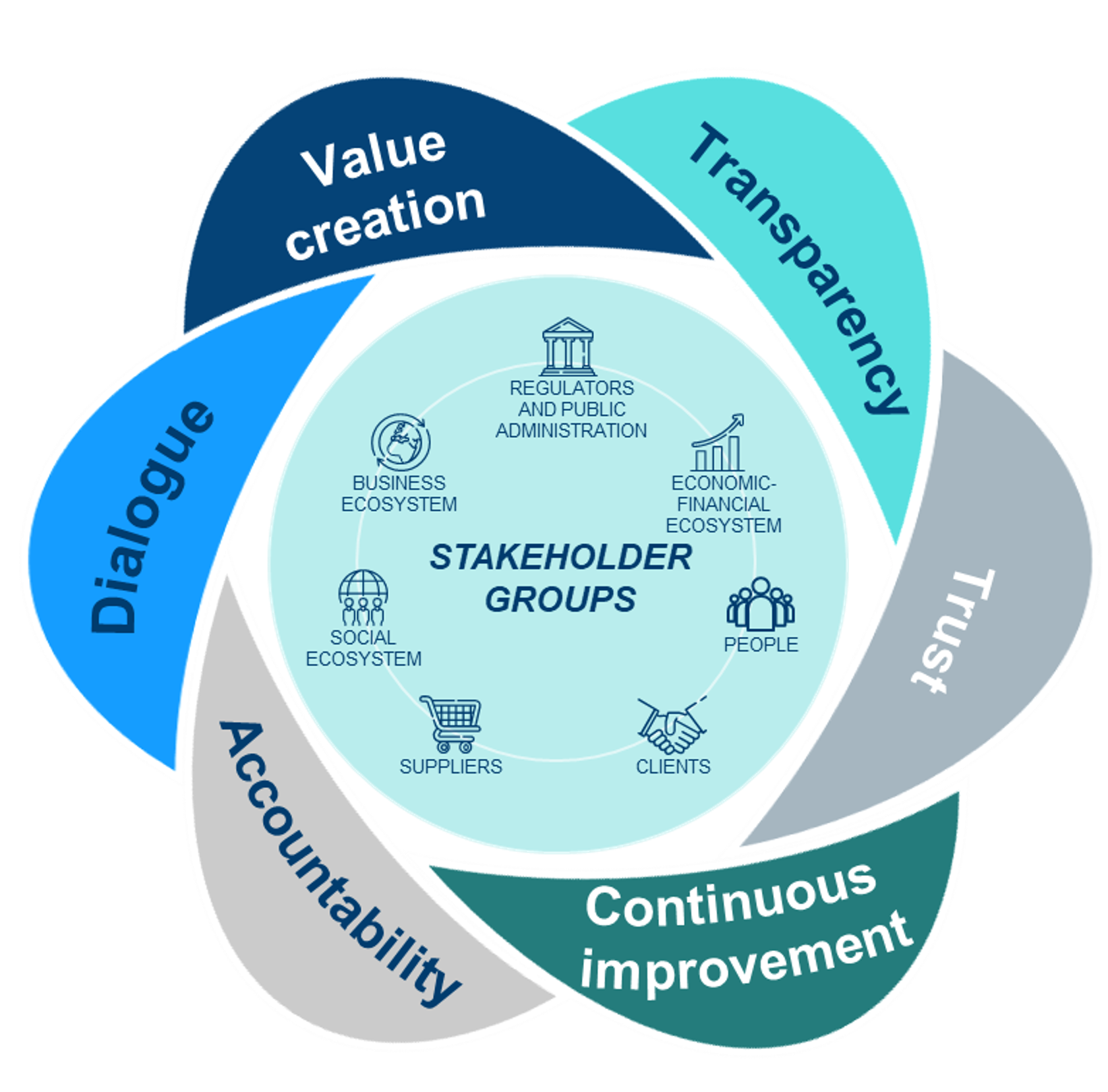
| Value creation | Redeia, in order to contribute to the creation of shared value for its stakeholders, extends its commitment to sustainability to its sphere of influence and contributes to the SDGs, promoting a fair and neutral green transition and contributing to social and territorial cohesion. |
| Transparency | Redeia is committed to communicating relevant financial and non-financial information about its performance and activities in accordance with the highest standards of relevance, reliability, completeness, accessibility and timeliness. |
| Trust | Redeia maintains a responsible attitude of respect towards its stakeholders, seeking to generate trustworthy networks and environments of consensus in the medium and long term. |
| Continuous improvement | It ensures continuous improvement by systematically assessing the degree of progress of commitments to stakeholders. |
| Accountability | Carrying out its activities in a responsible manner, while committing to preventing or mitigating the impacts that could affect its stakeholders, and enhancing the positive impacts generated by its decisions and activities. |
| Dialogue | Redeia provides appropriate and accessible communication channels within the framework of the relationship it maintains with its stakeholders, through which it promotes active listening, responding to their interests, needs, expectations and requests for information. |
The model encompasses the following phases:

- Identify and segment the groups that constitute stakeholders, based on the analysis of the interrelationships between the Company's processes and activities with the socio-economic environment, and segment them according to the reason they are of interest. The groups that share the reason for the relationship are grouped together, using a bottom-up approach, to form stakeholder categories.
- Determine the relevance of stakeholders based on three prioritisation factors: impact of the Company on the stakeholder group, influence of the stakeholder on the Company, and lastly, tension, understood as the need for special attention at specific moments in the relationship. As a result, a prioritized inventory is obtained.
- Definition and deployment of the optimal stakeholder relationship framework will depend, firstly, on the commitments assumed by the Company with the stakeholder and, furthermore, on its level of priority and the level of engagement considered appropriate. Redeia makes available to its stakeholders the appropriate and accessible channels to collect their suggestions, needs, expectations, opinions and complaints, as well as to provide them with transparent, truthful and timely information.
- Each of Redeia’s companies or subsidiaries and those responsible for stakeholder management, deploy and establish the relationship framework necessary to promote stakeholder dialogue. This dialogue helps generate improvements aimed at responding to the relevant issues linked to the relationship and to any needs and expectations identified, which in turn enable positive impacts to be maximized and allow negative impacts to be minimised. Redeia extends its sustainability commitment to all business areas and organizational levels of the Company, thus ensuring the creation of value for its stakeholders.
- Systematic and periodic assessment of stakeholder management based on the identification of stakeholder requirements and expectations through different methodologies based on the relationship framework with each stakeholder group. This assessment gives rise to action plans aimed at responding to the relevant issues, and to the needs and expectations identified in the assessment.
- Periodic review of the Stakeholder Management Model, taking into account relevant changes in the Company's external or internal context, thus ensuring that the Model is a useful management tool and is aligned with the business reality.
The implementation of the Stakeholder Management Model is spearheaded by the Sustainability Management Area, in collaboration with a network of people responsible for driving sustainability in each of the Redeia's Management Areas and Companies and whose function is to correctly apply the defined methodology.
The Stakeholder Management Model is submitted to and approved by the Company’s Management bodies responsible for sustainability matters, and that provide oversight of the strategic processes of stakeholder relations and ensure the establishment of best practices in the management of stakeholder relations. Furthermore, the Model is audited annually in accordance with the IQNet SR10 Social Responsibility standard and is evaluated following the demanding requirements of recognized and prestigious sustainability indexes.
Based on the analysis of the value chain, as well as the information gathered through interviews with the different business units and information obtained from various sources, Redeia has built the relationship framework for each stakeholder group, taking into account the following management elements:
- Stakeholder commitments at the category level.
- General relationship framework.
- Stakeholder structure (segmentation levels).
- Communication channels and spaces for dialogue.
- Mechanisms for identifying and assessing stakeholder needs and expectations.
- Organisational units responsible for the relationship.
- Participating units.
In order to maintain a simplified view of the relationship framework, stakeholder files have been designed by category, including their structure, a map reflecting the impact & influence and tension, the commitments undertaken, and the communication channels used.
A relationship matrix is also defined, identifying which organisational units of the Company interact with each stakeholder group, which unit is responsible for the relationship and the type of existing relationship.
Redeia is firmly committed to transparency and open dialogue with its stakeholders, disclosing the most relevant projects and results, either directly, through the channels established with each stakeholder group, or through the website and social networks, as well as in various periodic reports (for example, the annual Sustainability Report).
DÍGAME
The DÍGAME Service has guaranteed, since 2008, the professional management of enquiries submitted by external stakeholders through the Group’s various communication channels available (phone, e-mail and online web form). This service is staffed by personnel from the Juan XXIII Roncalli Foundation, a non-profit organisation that works with people with some type of disability.
Perception studies
Perception studies allow the Company to perform a quantitative and qualitative analysis of the demands and needs of stakeholders. These studies are conducted periodically, generally every two years, by an external consultant to guarantee the confidentiality and validity of the process.
The assessment and analysis of the needs contained in the perception studies entail the drafting of action plans and the subsequent monitoring regarding the fulfilment of such plans. The results of the studies and the improvement action plans defined are communicated to the stakeholder groups that participated in the study. Additionally, the degree of fulfilment of the same is notified to them for the next study.
Global indicators of the stakeholder perception studies:
| 2020 | 2021 | 2022 | |
|---|---|---|---|
| Perception Index(1) | 8,0 | 8,0 | 8,0 |
| Overall Perception level (A0) | 8,2 | 8,1 | 8,1 |
| Overall Assessment of services | 8,0 | 7,9 | 8,0 |
| Assessment of the communication and information activities | 7,9 | 7,8 | 7,9 |
| Assessment of the execution of activities and collaborations | 8,2 | 8,2 | 8,3 |
| Reputation | 8,0 | 8,0 | 8,1 |
(1)The Perception Index (PI), a newly developed indicator in 2019, is calculated based on performance evaluations in terms of overall perception and includes the assessment of the services that the Company provides to different stakeholders:
- The Overall Perception level (0P) includes the stakeholders' assessment of the Company's overall performance
- The overall evaluation of services (B) provides information on the assessment expressed by stakeholders about the services they receive from the Company.
PI = 35% 0P + 65% B (weighted values based on stakeholder prioritisation).

